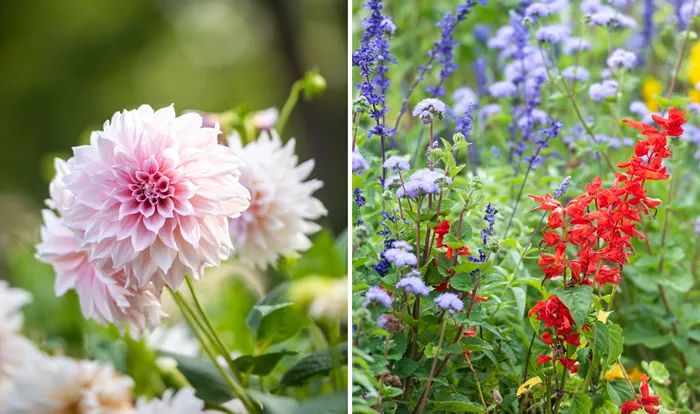As global demand for cut flowers grows, experts are highlighting the crucial role biodiversity plays in sustaining floriculture.
Industry leaders and environmental researchers agree: preserving biodiversity is not a luxury—it’s essential for the future of flower farming.
Healthy ecosystems support pollination, enrich soil, and reduce dependency on chemical inputs. Pollinators like bees and butterflies, along with microbial life in the soil, are integral to flower production.
In return, diverse floral landscapes feed and shelter wildlife, creating a mutually beneficial cycle.
However, rapid industrial expansion poses risks. In Ethiopia’s Sululta region, unchecked floriculture growth has displaced small farmers and restricted water access.
Studies warn that biodiversity loss leads to declining yields, poorer flower quality, and greater vulnerability to climate shifts and pests.
Biodiversity also supports natural pest control, improves resilience, and preserves genetic traits vital for adapting to changing conditions. Farms with diverse ecosystems often outperform monoculture models in both productivity and sustainability.
Countries like Colombia—home to over 27,000 plant species—demonstrate how floriculture can thrive alongside conservation. By integrating ecological principles, flower farms can shift from extractive to regenerative practices.
Floriculture’s future, experts say, will depend on how well it protects the biodiversity it relies on.


